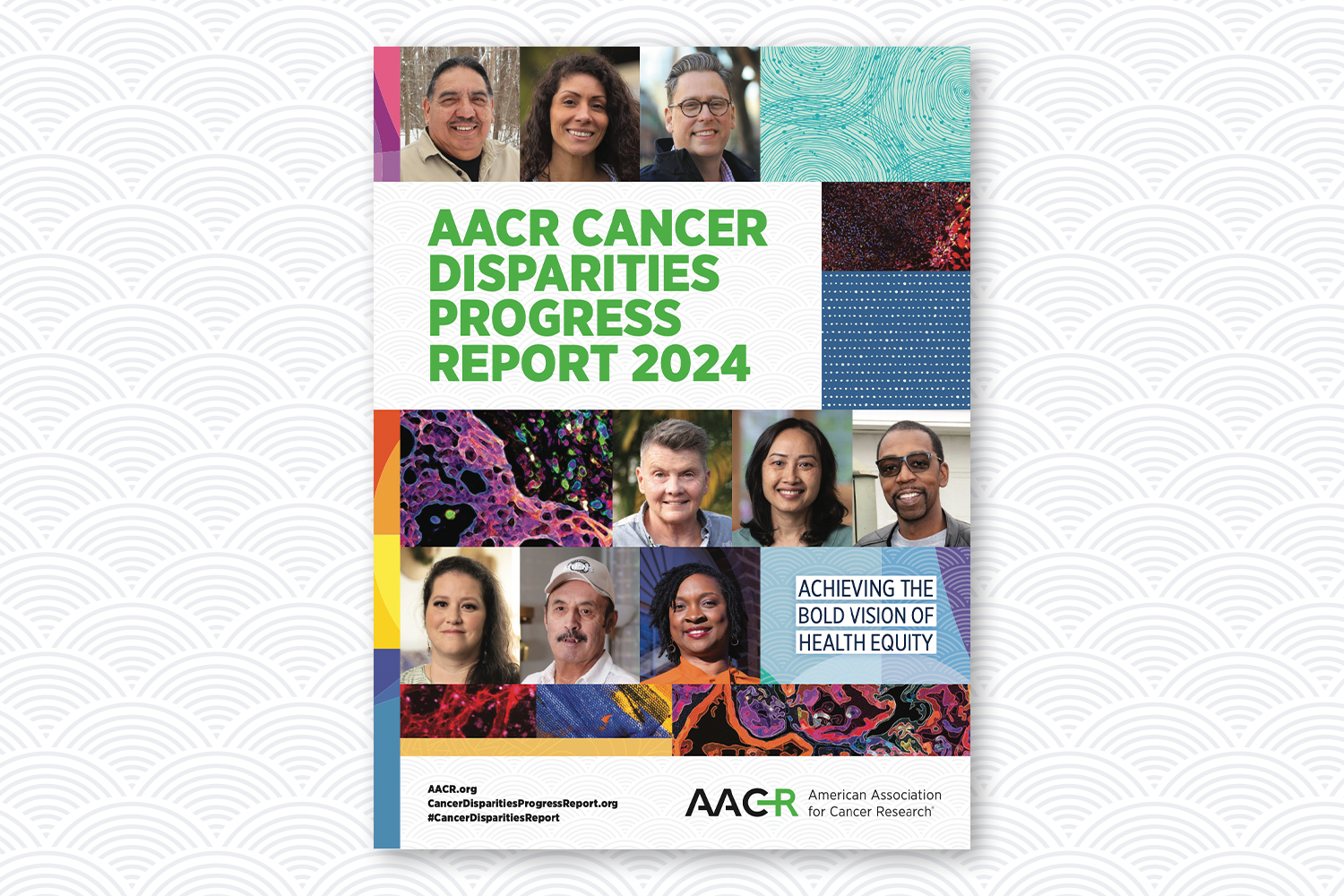
Cancer Disparities: Gaps and Encouraging Progress
Advancements in prevention, screening, and treatment have not benefited all people equally.

When Phuong Ho, MD, was told she had lung cancer, she was shocked, not only because she never smoked—but that as a nonsmoking Asian woman, she wasn’t alone. The incidence of lung cancer in that population has been on the rise—they are four times more likely to get the disease compared with white women. Even as an emergency physician, Dr. Ho had no idea, nor did she understand why that startling statistic wasn’t more widely known.
To raise awareness of disparities like these and bring attention to the importance of cancer disparities research, the American Association for Cancer Research® (AACR) in 2020 launched the AACR Cancer Disparities Progress Report, which is published every two years. The third edition—released May 15—highlights how factors such as race, ethnicity, age, sexual orientation, gender identity, socioeconomic status, and geographic location can factor into the development of cancer and care of patients.
Progress, But Not for All
The cancer death rate in the United States fell by 33% between 1991 and 2020 thanks to advances in prevention, screening, and treatment, but not everyone is benefiting equally. Black and Indigenous individuals have the highest overall cancer death rates in the U.S., despite cancer incidence rates among these populations being lower compared with the white population.
That is especially true for certain cancer types, such as prostate cancer, where Black men are twice as likely to die compared with white men, and breast cancer, where Black women are 40% more likely to die despite having similar incidence rates compared with white women.
Location Is Key
Even small differences in location can make a big difference in care. The mortality rate for all cancers combined is 22% higher for residents in disadvantaged compared with advantaged neighborhoods.
That’s why Robert A. Winn, MD, chair of the AACR Cancer Disparities Progress Report 2024 Steering Committee and director of the Virginia Commonwealth University Massey Comprehensive Cancer Center in Richmond, says ZIP code matters. He coined the term “ZNA,” which refers to ZIP code and neighborhood of association, and he emphasizes the importance of considering an individual’s place of residence and other social drivers of health that could impact care.
“The findings of this report offer a deeper dive into the ‘whole person’ as it relates to the areas outside of medicine that contribute to health inequities: ZNA, institutional and systemic racism, and situational and physical barriers to access, to name a few,” Dr. Winn said in a press release.
The report highlights other disparities but also identifies areas of progress:
▶ The overall cancer mortality gap between Black and white populations has decreased from 33% in 1990 to 11.3% in 2020.
▶ Mortality from prostate cancer declined at a rate five times higher in non-Hispanic American Indian or Alaska Native men compared with non-Hispanic white men between 2016 and 2020.
▶ Stomach cancer incidence in non-Hispanic Asian and Pacific Islander populations declined at more than double the rate of decline in non-Hispanic white individuals between 2015 and 2019.
▶ Mortality from liver cancer in non-Hispanic Black individuals declined more than seven times faster than in non-Hispanic white individuals from 2016 to 2020.
▶ Hispanic women saw an eight-times faster decline in cervical cancer mortality compared with non-Hispanic white women from 2011 and 2020.
Further Action Is Needed
The report concludes with a call to action for policymakers, calling on Congress to appropriate at least $51.3 billion for the National Institutes of Health and at least $7.9 billion for the National Cancer Institute in fiscal year 2025. Further, it supports investing in screening for early detection and prevention and in efforts to improve diversity of patients enrolled in clinical trials. The report also calls for a more diverse and inclusive cancer research and care workforce.
“Health equity is a fundamental human right and must be a national priority,” Margaret Foti, PhD, MD (hc), chief executive officer of the AACR, said in a press release. “We hope that the information and recommendations in this report will inspire collaboration among stakeholders and the necessary support from Congress to tackle these complex issues and eliminate cancer disparities once and for all.”





